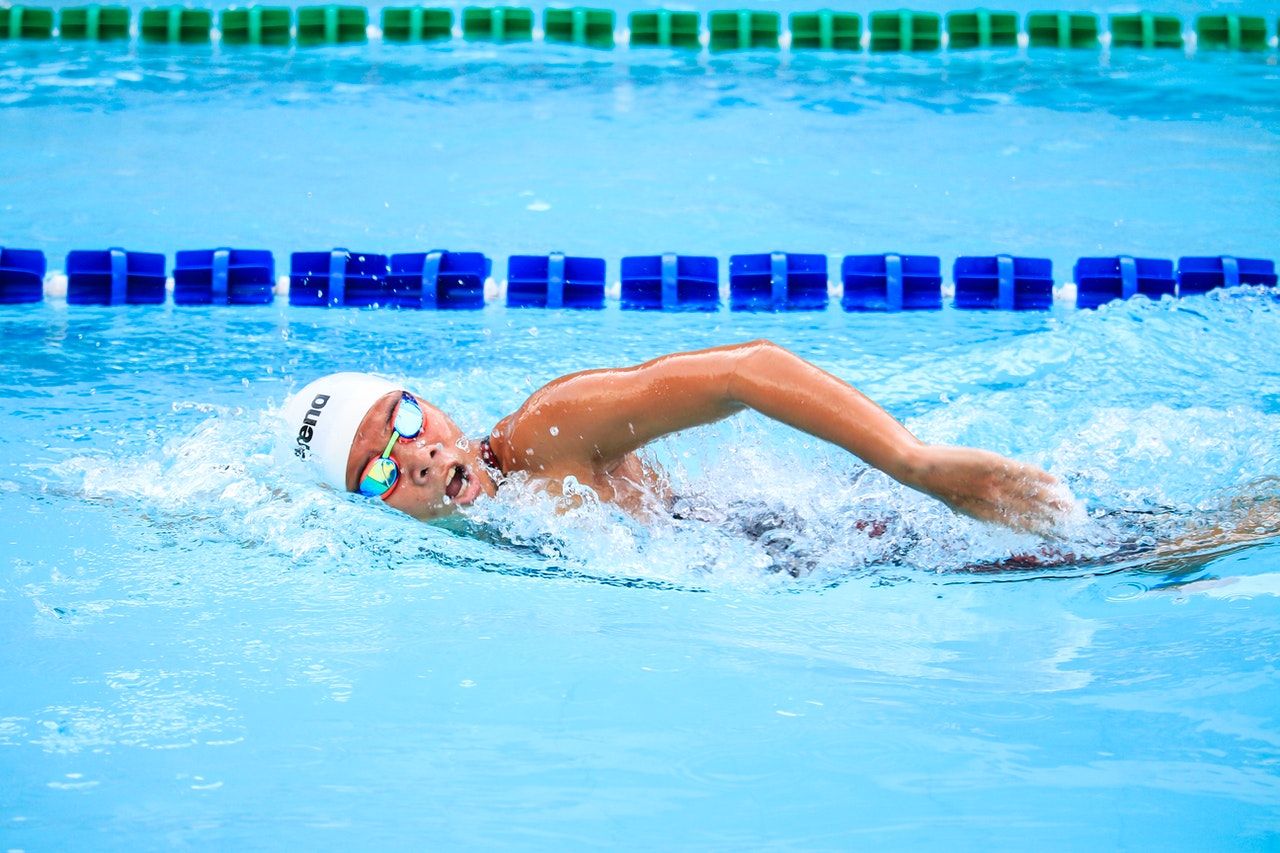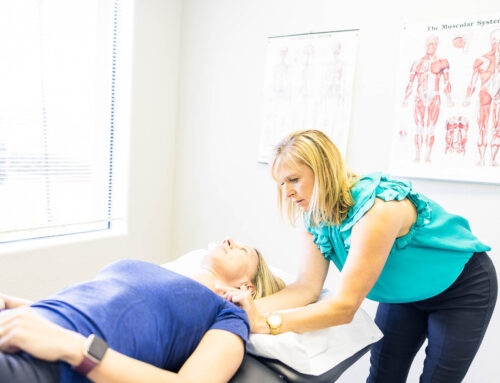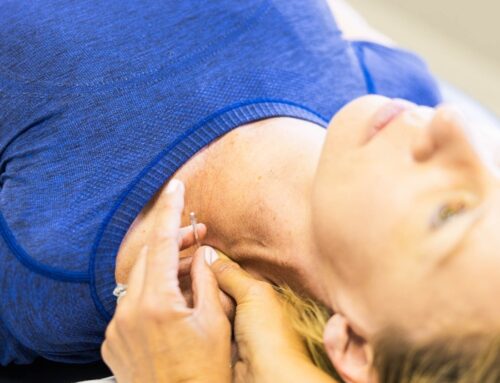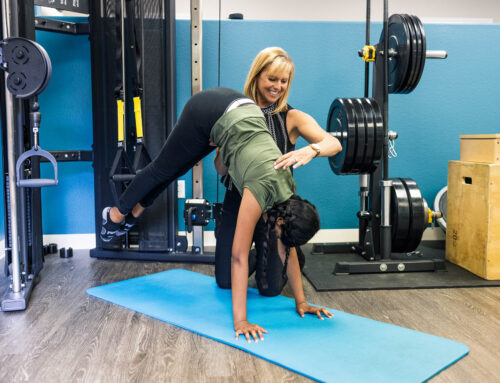By Dr. Danielle Litoff, DPT
I was a competitive swimmer for most of my life. I can tell you first-hand that it is an incredible way to get strong and stay in shape, but I can also most certainly say that it is not the only workout you should be doing.
Like any other sport, swimming needs incorporation of other training exercises to keep an athlete balanced. We don’t live in the water, so swimmers need to do things on land as much as they do in the pool. When we are in water, we have an alternate sense of weight and balance because the water makes us feel lighter and steadier than we do on land. When you are doing a swimming workout you are lying on your back or stomach while moving forwards and backwards, which is not how we move in any out-of-water scenario. This is why land-based weights and strength training are especially necessary to keep muscles conditioned in our natural state. Balance training and stability work are also key elements to a swimming workout regimen.
Pros of Swimming Workouts
Swimming truly is a full body workout and it is great for your cardiovascular system. Not only are you working your heart, muscles and lungs, you are also controlling and training your breath to be more efficient and have higher endurance.
Swimming workouts are also a great for recovery. Oftentimes higher impact sports like track, soccer, or football can result in joint injury. Rather than completely sitting the bench, you can hit the pool. This allows for continued movement and cardio that is much easier on the joints and can keep an athlete conditioned, while also relieving impact and strain.
You want to be careful to not do all your rehab in the water, though, because we live on land. You can use the water to continue to move with less force and then as you get stronger, move out of the pool.
Common Swimmer’s Injuries
Even though swimming is a low impact sport, it can cause injury to the shoulders and neck. Swimming is a largely upper body sport and requires a lot of power from the back, shoulders, arms, and core. Most elite swimmers don’t actually kick very much. This is why you hear the term “swimmer’s V”, which refers to the shape a swimmer’s body gets: broad shoulders and strong back that taper down to the waist, like a “V”.
Because of this increased demand on the upper body, swimmers often suffer from neck pain and extreme tightness in their pectoral muscles. They also experience shoulder pain and immobility caused by rotator cuff injuries. These can be rehabbed through stretching, dry needling, and clinical physical therapy exercises.
Exercises for Rotator Cuff Strength and Endurance
If you are going to add a swimming workout to your exercise routine, or you are a swimmer primarily, then you need to work on your rotator cuff strength, scapular stabilization, and posture. These exercises will help you keep mobility in the shoulders and avoid injury.
Prone I, W and Y
Prone I: This exercise is great for stabilizing the scapular muscles which allow you to reach overhead and out in front of you without shoulder pain or compensation. Perform these before you get in the pool to remind your body to use these important scapular stabilizing muscles.
Prone W: This exercise is great for training scapular stability and works well in conjunction with the Prone I exercise.
Prone Y: Use this exercise for strengthening the muscles that support your upper back and shoulder blades for strong overhead reaching.
Sideline External Rotation
This is a great exercise for rotator cuff strengthening and is good to include in a scapular stabilization program. It is something I always recommend for swimmers.
Wide Lateral Pull
This is a great way to increase strength in your shoulders and your back. Keeping good posture and not letting your knees go over your toes are essential in preventing injury and building strength while doing this exercise.





